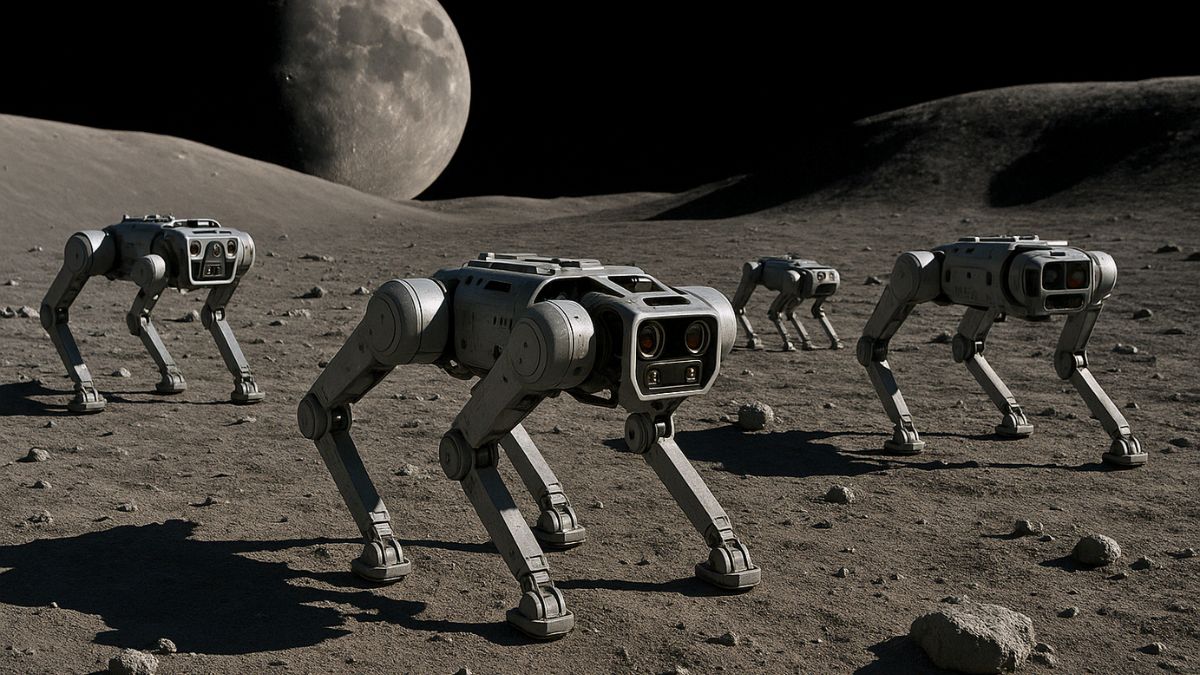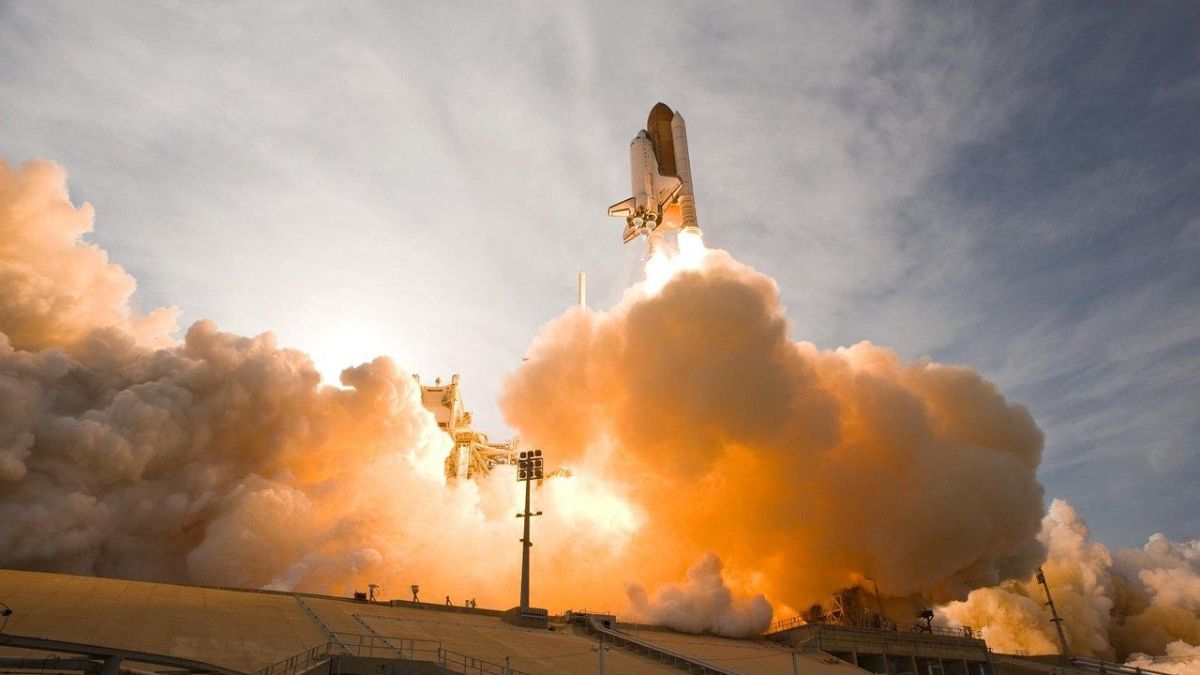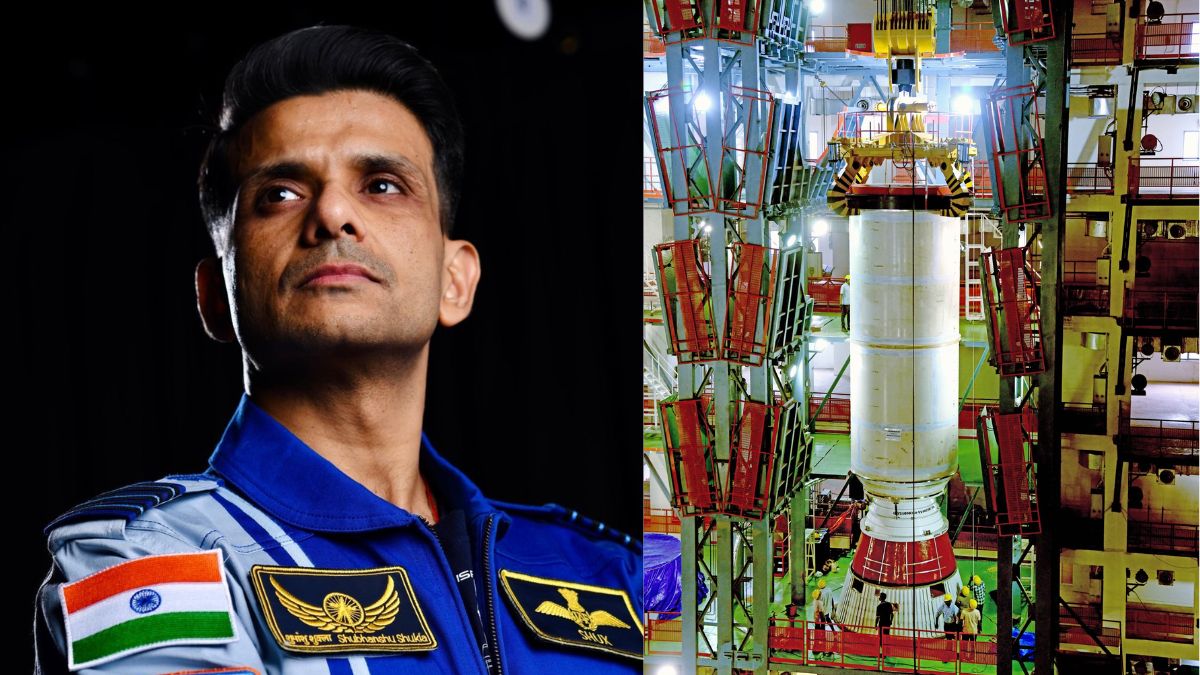Robotic Moon Dogs: China’s Latest Development In Moon Base Push – Here’s What It Is About

China is accelerating efforts to dominate future lunar exploration by venturing into one of the most strategic frontiers: underground lava tubes that could one day house human bases. Chinese researchers are now training robotic “moon dogs” designed to navigate these subterranean environments, which scientists see as critical to long-term lunar habitation.
A team from Peking University’s School of Computer Science has built and tested two specialised robots in a volcanic cave in Heilongjiang province. The site, near Jingbo Lake, mirrors the geological conditions of lunar lava tubes, areas believed to offer radiation shielding, stable temperatures and structural safety for future moon bases.
How is China building robotic capabilities for lunar missions?
The two prototypes developed by Peking University mimic animals that are naturally suited for complex terrain –
Anteater-inspired model: Built with a flexible robotic arm and a solid mobile base, this design is intended for autonomous digging, 3D mapping and exploration in tight spaces.
Salamander-inspired model: A soft-wheeled, deformable robot made to traverse uneven surfaces and conduct reconnaissance in areas too dangerous or narrow for humans.
Equipped with lidar systems, these robotic dogs can autonomously avoid obstacles, generate precise 3D cave maps and collect high-fidelity spatial data—key capabilities for future deep-space missions, according to a report in South China Morning Post.
Why are lunar caves central to China’s space strategy?
Chinese researchers argue that lunar subsurface environments are the most realistic locations to build long-term human infrastructure. Temperatures on the moon’s surface can swing more than 300°C between lunar day and night, with lows reaching –183°C, exposing both astronauts and machinery to extreme stress.
In contrast, underground lava tubes offer consistent temperatures and natural protection from radiation and micrometeorites. Establishing bases there could reduce engineering demands and increase mission viability.
Who is leading this technological push?
Zhang Shanghang, a researcher at Peking University and the Beijing Academy of Artificial Intelligence, said the tests allowed scientists to advance “embodied intelligence” for deep-space robotics. The work is part of a broader national effort to design fully indigenous robots capable of missions to both the Moon and Mars.
Li Jiaqi from Peking University’s School of Earth and Space Sciences noted that the Jingbo Lake caves are among the closest terrestrial matches to lunar underground terrain and have become China’s first training and simulation site for subsurface moon missions.
How does this fit into China’s broader lunar timeline?
Beijing’s ambitions are not theoretical. The Chang’e 7 mission to the Moon’s south pole, scheduled for launch around 2026, will deploy a seismograph to investigate moonquakes and underground structures. In partnership with Russia, China also plans to build the International Lunar Research Station in the 2030s.
China isn’t alone in the underground race. Teams in the US and Spain are also testing robotic dogs in Earth-based lava tube environments, recognising their strategic value for accessing potential lunar habitats. But China is rapidly operationalising its research by combining robotics, AI, earth-based simulations and long-term lunar infrastructure planning.







